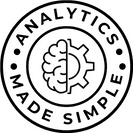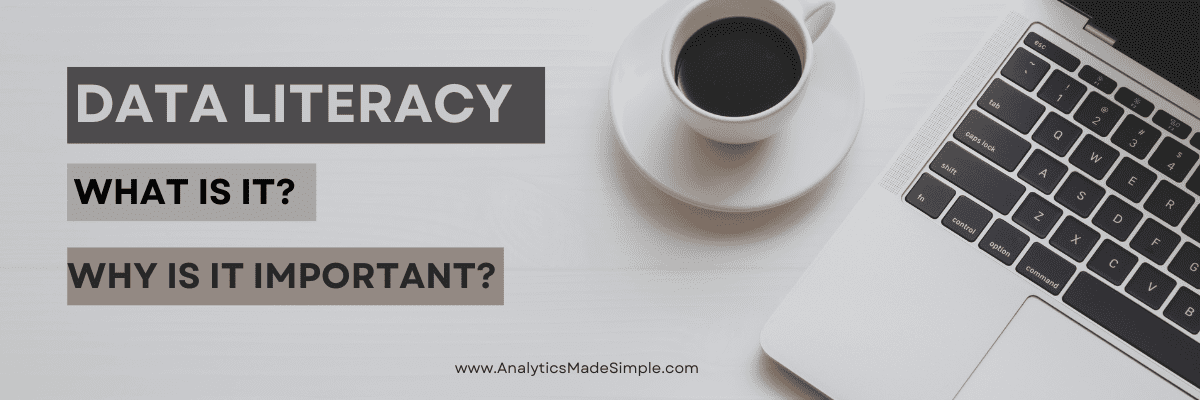Data is everywhere these days! From smart watches tracking our steps to Netflix recommending shows, our lives are saturated with data. But how much do we really understand about using and interpreting that data? This brings us to the crucial concept of data literacy.
Simply put, data literacy is understanding how to read, analyze, and communicate with data effectively. But it’s more than just being able to analyze spreadsheets or create charts. It’s about developing an intuitive feel for how to work with data and apply it in real-world situations. Let me explain with some examples we can all relate to.
Imagine you’re interested in getting healthier and want to use a fitness tracker to monitor your exercise. Being data literate means not just reading the dashboard showing your daily step count, but knowing which metrics are most meaningful to assess your fitness. Are you focused on consistency, activity duration, or hitting a target heart rate zone? Data literacy helps you determine the right insights to focus on.
Or let’s say you’re car shopping and comparing models. As a data-literate consumer, you’d pay attention not just to the specs like horsepower and mpg, but also understand concepts like statistical significance. Knowing what differences between models are meaningful vs just noise in the data empowers better decisions.
At work, data literacy enables clearly communicating metrics about your team’s performance to leadership without needing complex technical analyses. You learn how to summarize data insights in digestible ways and tailor it to different audiences.
The key is moving beyond just reading data to truly understanding it in business situations and conversations. How well organizations foster a data-literate workforce often dictates their success in leveraging data, since it enables good decision-making at all levels.
So how does one become data literate? Here are some tips:
- Seek out educational resources and training on core concepts like statistics, analysis, and visualization
- When reading data, always question what it really signifies and the broader context
- Practice communicating data insights concisely without jargon
- Stay curious about the stories and trends in everyday data like finance, sports, and weather
- Consider if biases or errors may be influencing the data and its interpretation
Start small. Maybe analyze your budget over the last year and assess what the numbers say about your spending habits. Or tally your steps daily and think about how far that translates to miles walked. The more you practice engaging with data in real life, the more data literate you’ll become.
While it may not get as much hype as buzzwords like machine learning and big data, data literacy unlocks all those complex technologies by enabling people to use data thoughtfully. So embrace your inner data geek and get hands-on with data! Before you know it, you’ll be intuitively speaking the language of data.
Cheers!
-J








